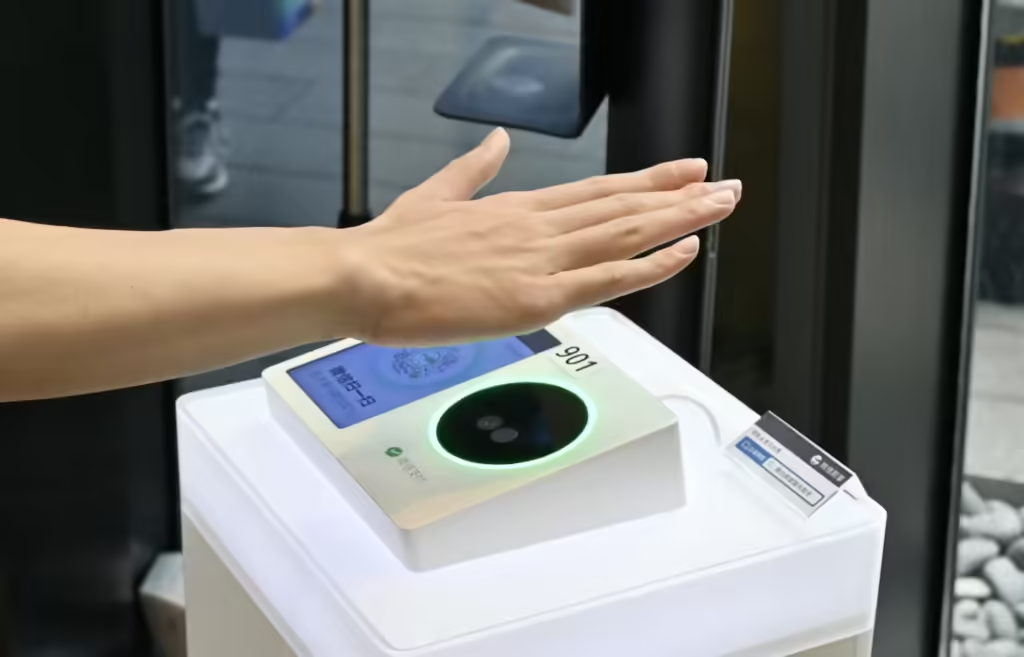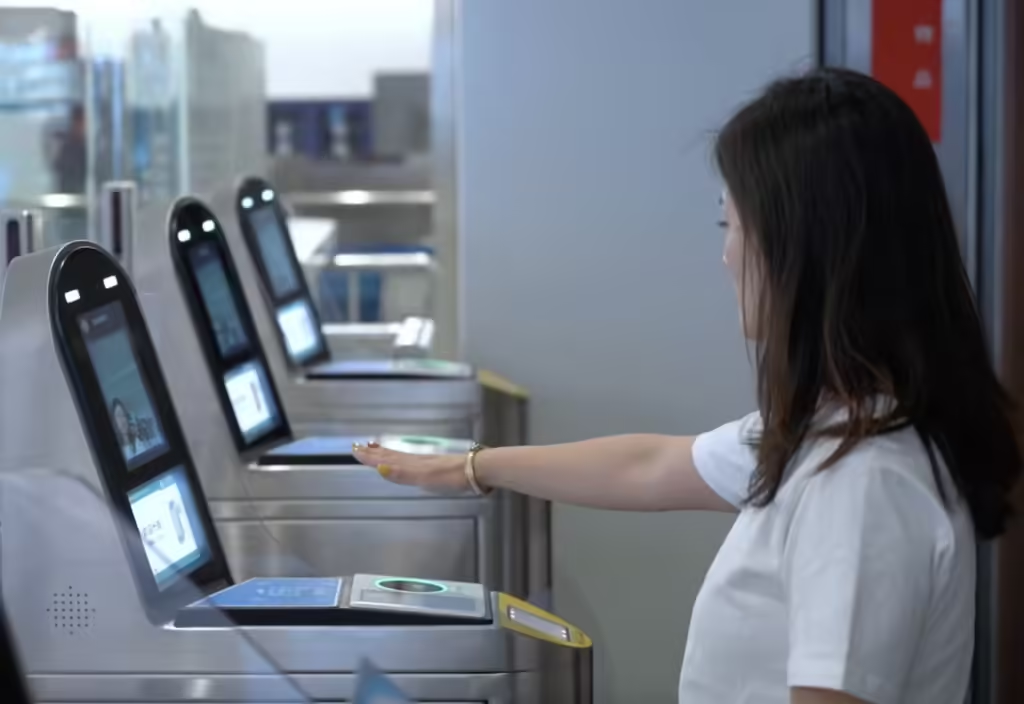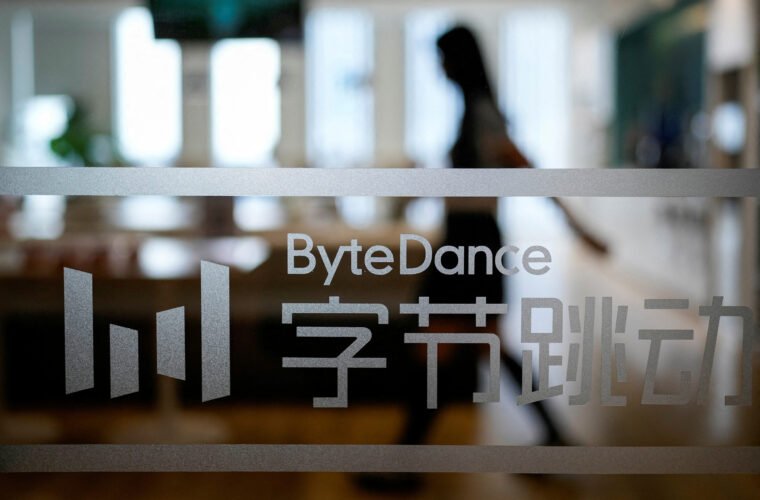Imagine a world where the simple wave of your hand can pay for your morning coffee, grant you access to the subway, or let you into your office building. This is not the distant future; it is the reality being pioneered by Tencent with their new Palm Scan Payments system. Introduced initially in May 2023, this innovative technology is poised to revolutionize the way we interact with daily services by offering a seamless, secure, and hygienic alternative to traditional payment methods.
The evolution of palm scan payments
Historically, the challenge of managing multiple passes—credit cards, transit tickets, office keys—has been a significant hassle. Forgetting one of these items or dealing with a dead phone can disrupt your day. To solve these problems, Tencent developed the Palm Scan Payments system, aiming to make life smoother by integrating payment capabilities into a simple hand motion. Palm recognition technology is not entirely new, with companies like Amazon and Fujitsu developing similar systems. However, Tencent’s implementation aims for broader everyday usage, integrating this technology into more aspects of daily life. This ambition reflects Tencent’s expertise in creating consumer-friendly tech solutions, as seen with their widely used super-app, WeChat.
Palm scanning works by capturing both the surface lines and the unique vein patterns of an individual’s hand using infrared cameras. This dual-layered approach ensures high accuracy, even in varying lighting conditions or hand positions. The technology also offers advantages over facial recognition, particularly in distinguishing between identical twins and being more accessible to people of all heights and physical abilities. When using the system, users register their palm prints by aligning their hands with a sensor and scanning a QR code on their mobile phones. Once registered, users can make payments simply by scanning their palms and receiving instant notifications of transactions on their phones.
Security and privacy issues
With any biometric technology, security and privacy are paramount concerns. Tencent has invested heavily in end-to-end security measures for the Palm Scan Payments system. This includes secure transmission, recognition, and storage of palm data, all adhering to the highest security standards. Users’ biometric data is encrypted and stored on the cloud, and the system is designed to be opt-in, giving users control over their data. Moreover, Tencent has implemented strict policies to prevent the unauthorized use of biometric information. Users can deactivate the biometric feature anytime, ensuring they have complete control over their personal data.
Since its debut, the Palm Scan Payments system has been gradually rolled out across various sectors. In May 2023, it was first used by passengers on Beijing’s airport express train line and students at Shenzhen University. By September, over 1,500 7-Eleven stores in Guangdong province had adopted the system, along with power bank rental stations in select areas of Shenzhen. The applications are diverse, ranging from retail and dining to fitness and office access. For instance, users can now check in and out of gyms, pay for groceries, or rent power banks with just a wave of their hands. The system enhances convenience and promotes hygiene by reducing physical contact, which is particularly important in the post-pandemic world.
Palm scan payments: future prospects
The advantages of Palm Scan Payments extend beyond convenience. The system offers enhanced security, as palm prints are unique and challenging to replicate, reducing the risk of fraud and identity theft. It is also environmentally friendly, potentially reducing the need for plastic cards and paper receipts and lowering carbon footprint. Despite being in its pilot phase, user feedback has been overwhelmingly positive. Tencent continues to refine the system, aiming to expand its reach across more 7-Eleven stores and other everyday settings. The ultimate goal is to create a digital ecosystem where palm scanning becomes ubiquitous, reliable, and efficient for transactions and access control.


While the technology holds great promise, it is not without challenges. Privacy concerns remain a significant issue. Experts like Edward Santow, a professor of responsible technology, caution against the potential risks of creating a surveillance state. The fear is that biometric data, if not properly secured, could be exploited by cybercriminals or lead to unwanted surveillance by authorities. Furthermore, collecting and storing biometric data creates a potential “honeypot” for hackers. If such data were to be compromised, the consequences could be severe, as unlike a credit card number, a palm print cannot be changed. Tencent addresses these concerns by ensuring robust security measures and emphasizing user consent and control.
A glimpse into the future
Tencent’s Palm Scan Payments system represents a significant step towards a more integrated and convenient digital future. By eliminating the need for physical cards and reducing contact, it offers a safer, more efficient way to interact with the world around us. As the technology continues to evolve and expand, it has the potential to redefine how we conduct transactions and access services. The success of this system will depend on continued advancements in security and privacy protection, as well as public acceptance of biometric technologies. As we move forward, integrating such technologies into daily life will likely become more commonplace, offering a glimpse into a future where the wave of a hand can open doors, both literally and figuratively.



